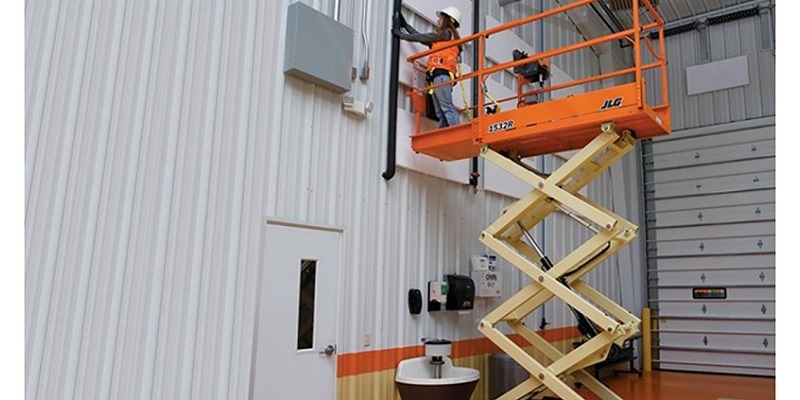Schedule a Call Back
Should you rent or buy lift equipment?
 Articles
Articles- Jan 13,22

Related Stories

SANY India Opens New 3S Branches in Visakhapatnam and Palwancha
The inauguration ceremonies were attended by senior leaders from SANY India.
Read more
Rare crystal shapes yield stronger 3D-printed metal parts
Quasicrystals, which were previously considered a myth, are now replicable for large-scale industrial applications. Stakeholders must support investments in 3D printing technologies and continued re..
Read more
How can automation reduce waste in wood manufacturing?
Automation is enabling wood manufacturers to cut waste, improve consistency, and boost productivity by addressing material variability, enhancing finishing processes, and increasing precision in fab..
Read moreRelated Products

Dock Leveller
Besto Material Handling Equipments offers a wide range of dock leveller.

Multi Tire
SCI Storage Solution offers a wide range of multi tire.

Industrial Lifting Equipment
Rana Material Handling Equipments Pvt Ltd offers a wide
range of industrial lifting equipment.
















